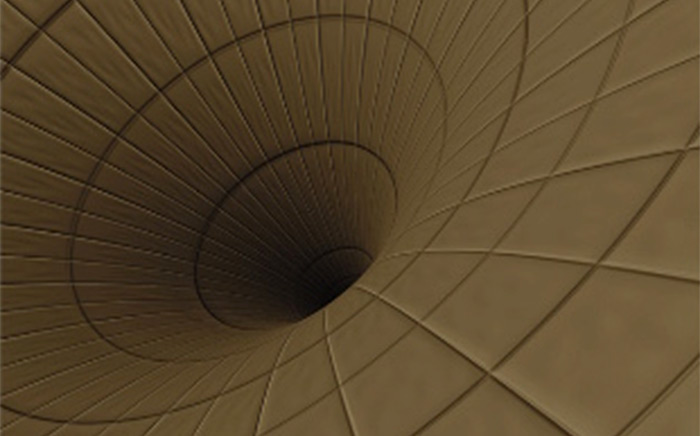
The general theory of relativity is Einstein's theory of gravity. Here he shows that gravity should not be described as a force, as in Newtonian physics, but instead as a consequence of the curvature of space and time. In short, gravity is spacetime geometry.
This course is about this remarkable discovery: what it means, how the theory can be (and has been) tested, its predictions and consequences.